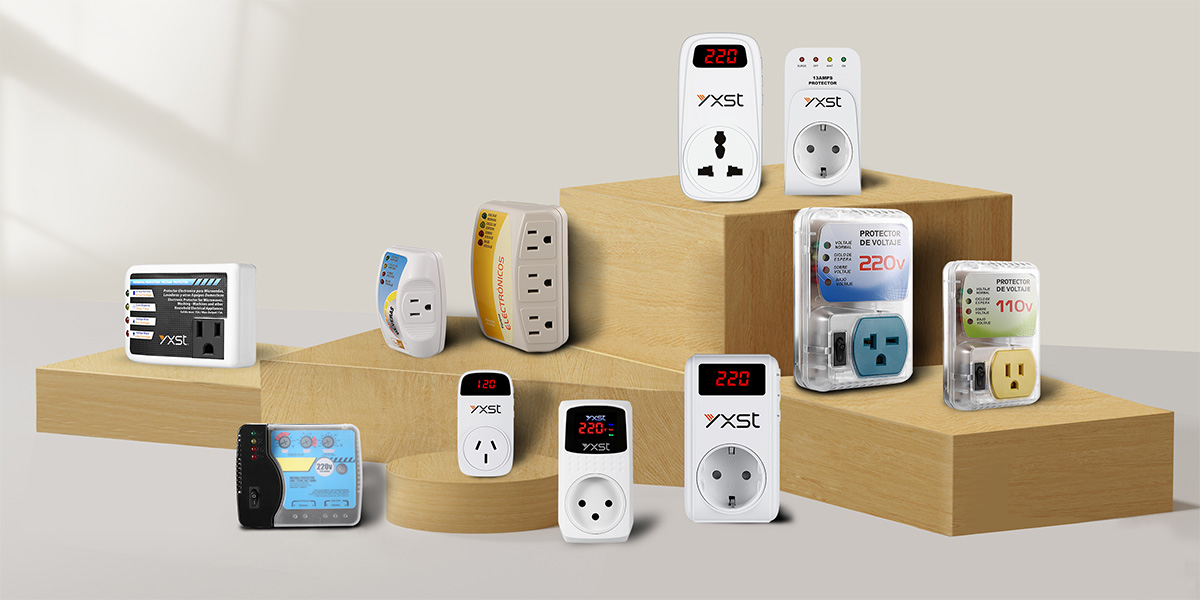The difference between a single-phase voltage protector and a 3-phase household protector lies primarily in their application and design:
Application:
Single-phase voltage protector: This is designed for use in single-phase electrical systems, where the voltage is provided through one live conductor and one neutral conductor. It protects devices connected to a single phase from voltage spikes, surges, and fluctuations.

3-phase household protector: This is intended for use in three-phase electrical systems commonly found in larger residential or commercial buildings. Three-phase systems provide three live conductors (phases) and one neutral conductor. The protector safeguards devices and appliances that are connected across all three phases from voltage disturbances.
Design:
Single-phase voltage protector: Typically, these are designed to handle lower voltages and currents associated with single-phase systems. They may include features like overvoltage protection, surge suppression, and sometimes under-voltage protection to ensure that devices do not get damaged by fluctuations in voltage.
3-phase household protector: These protectors are designed to manage higher voltages and currents found in three-phase systems. They are more robust and capable of handling the additional complexity of protecting equipment across multiple phases simultaneously. They may also include features like phase-to-phase and phase-to-ground protection.
Installation:
Single-phase voltage protector: Generally easier to install due to the simpler nature of single-phase systems. They can be installed at the point where the single-phase power enters the premises or directly on specific appliances or equipment.

3-phase household protector: Requires more careful installation to ensure all three phases are protected adequately. They are usually installed at the main distribution panel or sub-panel where the three-phase power is distributed throughout the building.
Summary Overview
the main differences lie in their application scope (single-phase vs. three-phase systems), their design capabilities to handle different voltages and currents, and where they are installed within the electrical infrastructure of a building or facility.




